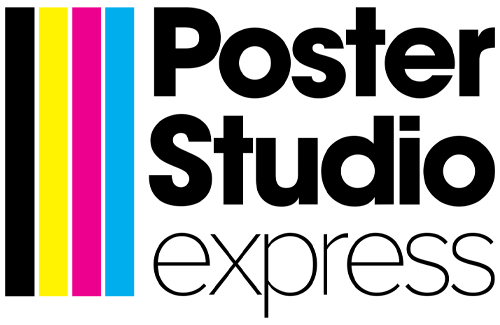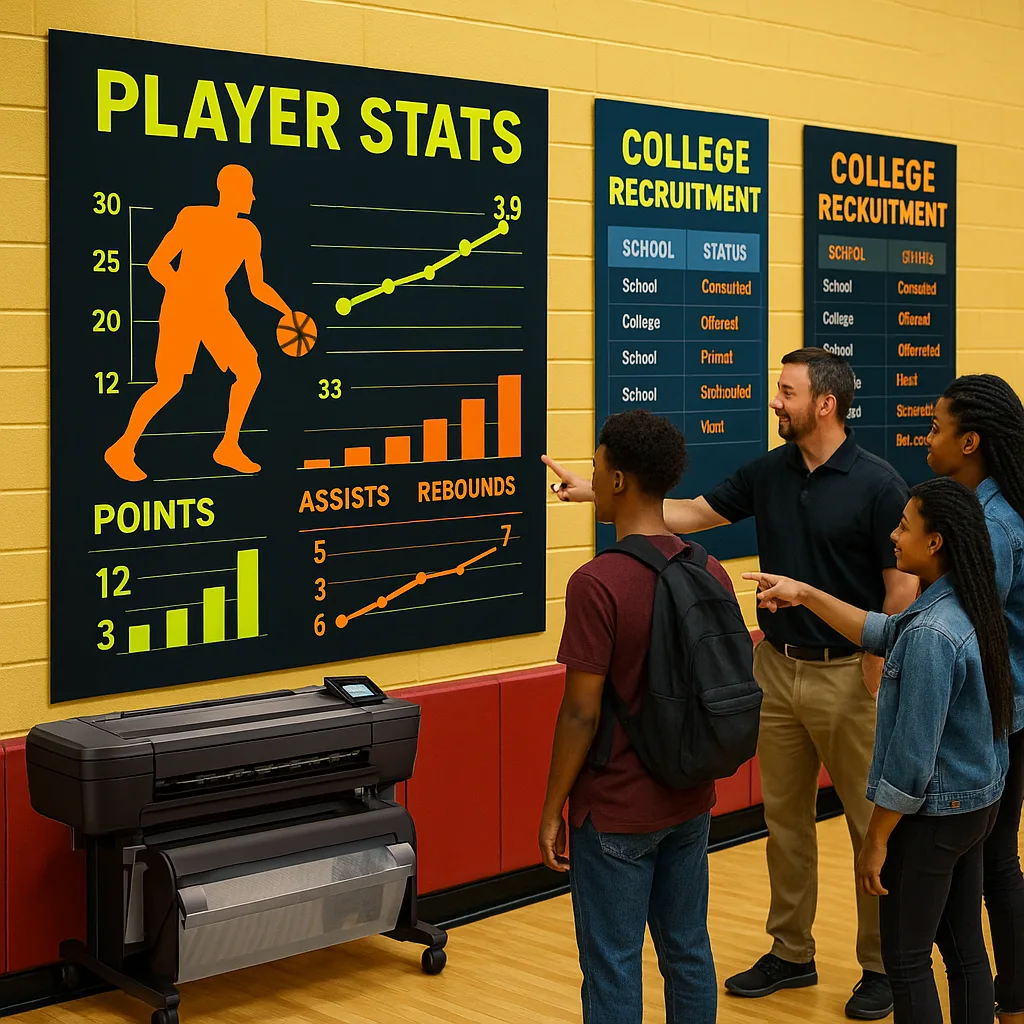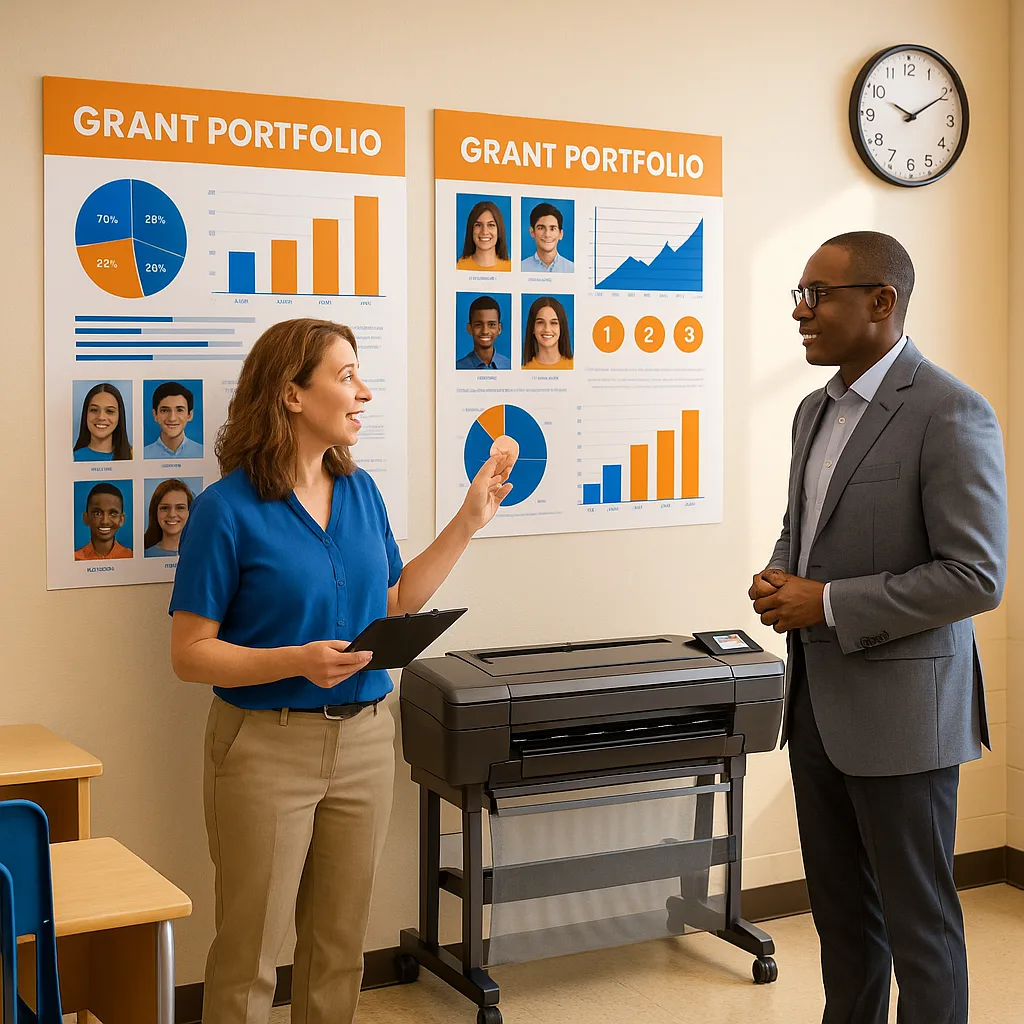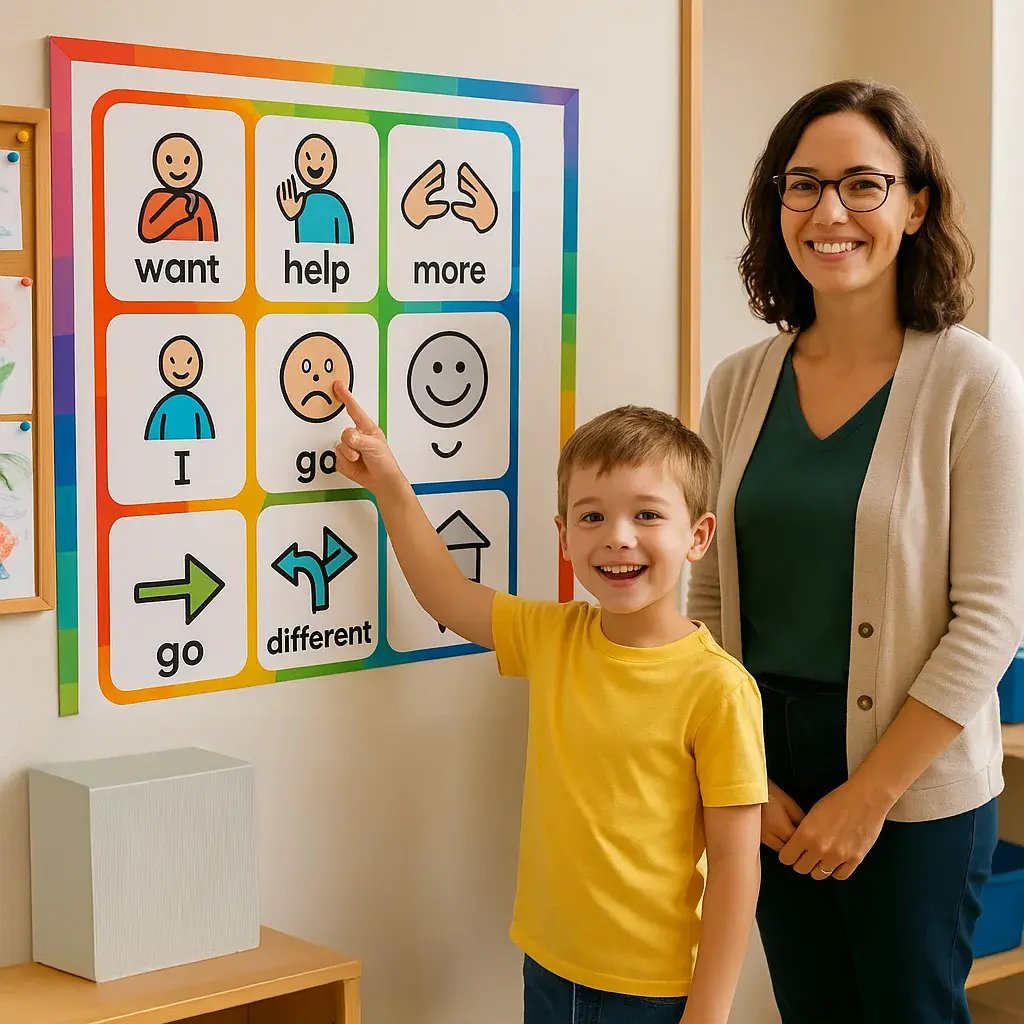
I’ll never forget the day Maria’s eyes lit up when she pointed to her new communication board and successfully asked for her favorite book. After months of watching her struggle to connect with classmates, our poster printer machine AAC communication system finally gave her a voice. This breakthrough moment reminded me why I’m so passionate about creating visual supports that unlock learning for non-speaking students.
Working with speech therapists across our district, I’ve witnessed countless transformations when we pair the right visual communication tools with innovative printing solutions. Today, I’m sharing the strategies that have revolutionized how we support students who use AAC devices or experience selective mutism.
Understanding Visual Communication Needs
Every non-speaking student has unique communication needs. Some use high-tech AAC devices with thousands of vocabulary options. Others rely on simple picture cards or gesture systems. What they all share is the need for consistent, accessible visual supports throughout their learning environment.
Traditional communication boards often fall short. They’re either too small, wear out quickly, or lack the customization needed for individual students. That’s where modern printing technology changes everything. When schools invest in a quality poster printer, they gain the power to create large, durable, and completely customized communication displays.
Creating Effective Poster Printer Machine AAC Communication Displays
The journey to effective visual communication starts with understanding core vocabulary. Unlike content-specific words that change with each lesson, core vocabulary consists of the high-frequency words we use in 80% of our communication. Words like “want,” “go,” “more,” and “help” form the foundation of any AAC system.
Here’s my proven process for creating communication boards that actually get used:
Step 1: Collaborate with the Speech Team
Before designing any display, I meet with our speech-language pathologists. They know each student’s current communication level and goals. Together, we identify which symbols match the student’s AAC device or communication book. Consistency across environments is crucial for success.
Step 2: Choose Strategic Vocabulary
We select 20-40 core words plus relevant fringe vocabulary for specific activities. For a science lesson on plants, we might add “seed,” “water,” “grow,” and “sun” to our core word display. The lifetime design service helps create custom symbol layouts that match each student’s needs perfectly.
Step 3: Design for Visual Clarity
I use high-contrast colors and clear, simple symbols. Each communication cell needs adequate white space and a bold border. The text appears both above and below symbols, supporting literacy development alongside communication. Our banner printing machine handles these large-format displays beautifully, ensuring every symbol remains crisp and clear even at poster size.
Step 4: Print on Durable Materials
Communication boards face heavy daily use. I always print on coated poster paper or laminate finished boards. The slight sheen reduces glare for students with visual sensitivities while protecting against spills and frequent touching.
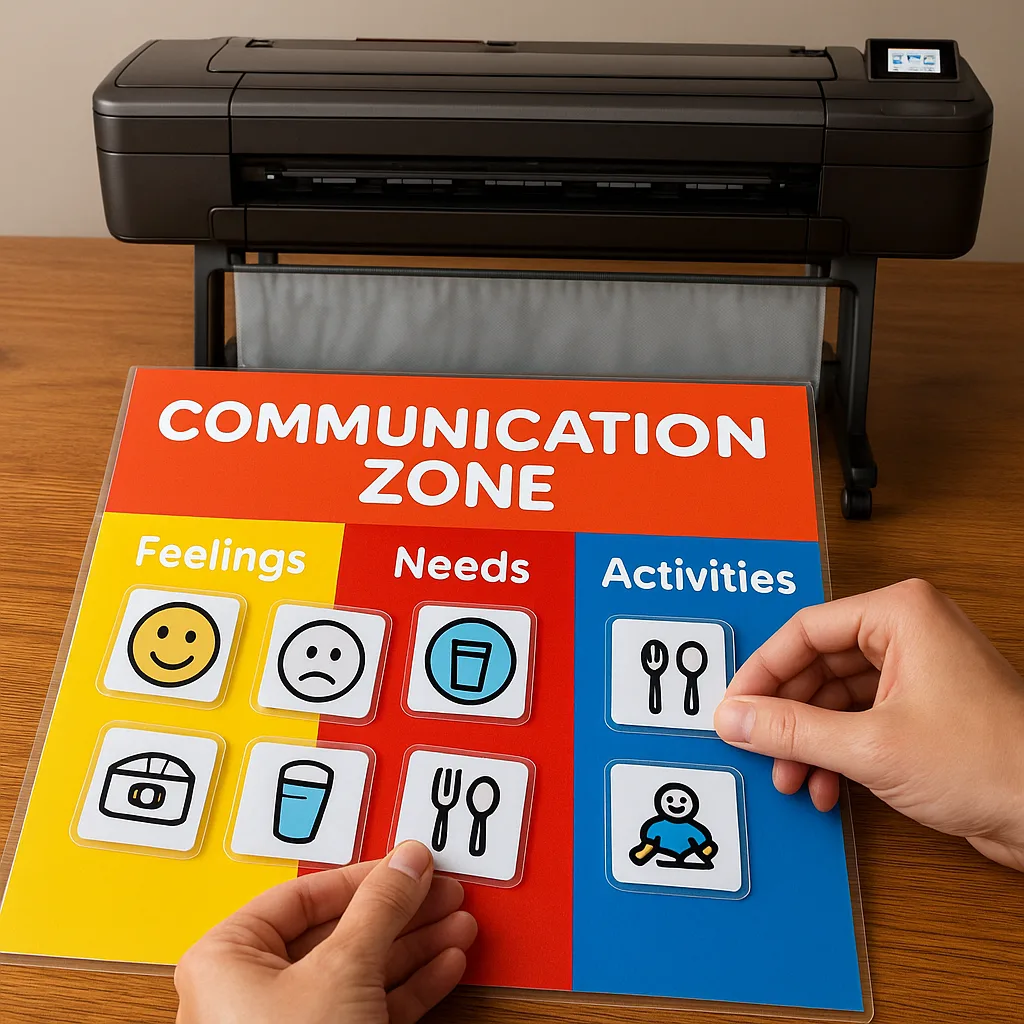
Communication zones help students find relevant vocabulary quickly
Success Stories That Inspire
Marcus’s Math Breakthrough
Marcus, a third-grader with autism who uses an AAC device, struggled with math participation until we created specialized number boards. Using our poster printer machine, we designed large-format displays showing mathematical vocabulary alongside numerals and operation symbols. His teacher reported a 40% increase in independent problem-solving after implementing these visual supports. Marcus now confidently communicates mathematical thinking during group work.
Lily’s Library Voice
Lily experiences selective mutism but loves reading. Traditional library time left her unable to request books or participate in discussions. We collaborated with her speech therapist to create portable communication boards featuring book-related vocabulary and common library requests. Printed on durable material through our Education Studio package, these boards travel with her. Last month, Lily “told” her first book recommendation to the class using her communication board.
Building Symbol Libraries That Grow With Students
One challenge many schools face is maintaining consistency while allowing for growth. Students need familiar symbols as they progress through grade levels, but their vocabulary must expand. This is where having a banner printing machine becomes invaluable for creating comprehensive visual libraries.
I organize our symbol library into several categories:
Core Vocabulary Boards: These remain consistent across all classrooms. Every teacher receives the same set of high-frequency word displays, ensuring students can communicate basic needs anywhere in the building.
Curriculum-Specific Sets: Each grade level has subject-specific boards that build on previous years. First-grade science boards might include “observe” and “sort,” while third-grade adds “hypothesis” and “variable.”
Social-Emotional Supports: These crucial boards help students express feelings and resolve conflicts. We update them based on our SEL curriculum and individual student needs.
Transition Boards: Located near doorways and schedule displays, these help students communicate about activities and destinations throughout their day.
The beauty of having in-house printing capabilities is the ability to customize everything. When a student masters certain vocabulary, we can immediately create new boards with more advanced options. Similarly, if a student needs specialized vocabulary for a particular interest or therapy goal, we can design and print those supports within hours.
Maximizing Impact: Poster Printer Machine AAC Communication Best Practices
Students showed improved engagement with customized visual supports
Reduction in communication breakdowns after implementation
Teachers reported easier collaboration with speech therapists
Collaboration Strategies That Work
The most successful AAC implementations happen when everyone works together. Here’s how I facilitate collaboration between general education teachers, special education staff, speech therapists, and families:
Monthly Design Meetings
We gather to review student progress and plan upcoming communication boards. Teachers share which vocabulary students need for upcoming units. Speech therapists ensure we’re supporting IEP goals. Having a demonstration of our poster capabilities helps new team members understand what’s possible.
Shared Digital Libraries
All our communication board templates live in a shared drive. Teachers can request modifications or new designs through a simple form. Our design team (or the helpful folks at Poster Studio Express) turn requests into print-ready files within 48 hours.
Parent Partnership
Families receive smaller versions of classroom communication boards for home use. We teach parents how to model AAC use during daily routines. Some families even purchase their own compact poster printer to create supports for community outings.
Student Voice
Most importantly, we involve students in the design process when possible. They help choose symbols, colors, and vocabulary that matters to them. This ownership dramatically increases buy-in and usage.
Practical Implementation Timeline
Looking Forward: The Future of Visual Communication
As I reflect on the transformations I’ve witnessed, I’m filled with hope for what’s possible when we give every student a voice. The combination of dedicated professionals, supportive technology, and creative problem-solving continues to break down communication barriers.
Schools considering this journey often ask about the investment. While a quality banner printing machine requires upfront funding, the long-term benefits far outweigh the costs. Consider the alternatives: outsourcing each communication board, waiting days for delivery, and lacking the flexibility to make immediate adjustments. With in-house printing capabilities, we create exactly what students need, exactly when they need it.
The cost per print for these life-changing communication tools is remarkably low – often under $2 per board. Compare that to the immeasurable value of a student finally being able to express their thoughts, needs, and dreams.
Moving forward, I encourage every educator to consider these action steps:
1. Audit your current visual supports. Are they meeting all students’ communication needs?
2. Connect with your speech therapy team. Build those collaborative relationships early.
3. Explore printing solutions. Whether through grants, Title I funding, or regular budget allocations, invest in the tools that make customization possible.
4. Start small but think big. Even one well-designed communication board can spark tremendous growth.
5. Celebrate every communication attempt. Progress happens when students feel safe to try.
Remember, behind every AAC symbol is a student with unique thoughts, feelings, and potential. Our job is to provide the visual bridges that connect their inner world with ours. With the right tools and commitment, we can ensure no student remains unheard.
The silent success stories in our classrooms remind us daily: when we presume competence and provide appropriate supports, every student can shine. Let’s continue building communication systems that transform not just learning, but lives.
Ready to Transform Communication in Your School?
Every student deserves a voice. Start creating powerful AAC communication boards today with professional printing solutions designed specifically for schools.
Or explore our 5-year warranty options and see why schools trust Poster Studio Express
